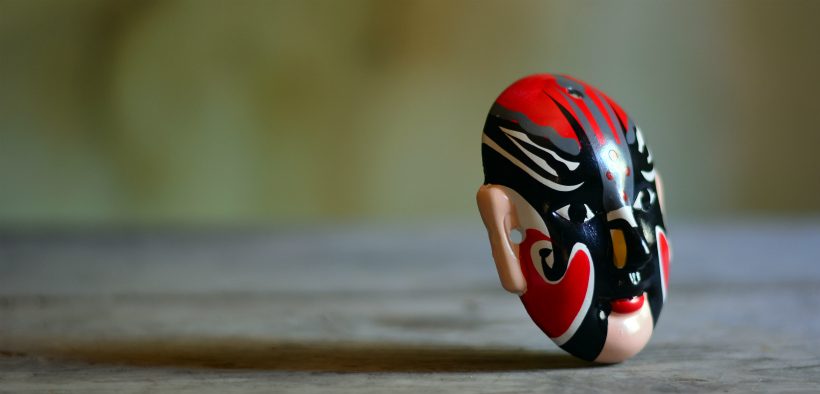On a rainy April afternoon, students in the back row of my class whispered to each other as I, increasingly irritated with their disengagement, stood at the chalkboard lecturing on Death of a Salesman. I am usually one to let such distractions go, but I finally stopped mid-sentence, asking, “Do you have a question?” Sitting up in her chair and turning her laptop screen toward me, the student hesitated and answered, “Sorry, but we just read that Prince died.” The classroom filled quickly with questions of “What?” and “Are you serious?” Taking a few moments to check my notes, I hurriedly finished what I was saying about spectacle and sequence and dismissed class a few minutes early—a move I rarely made. Before all my students had left the room, I was visibly shaken by the news. Years later, the memory of that day still burns, in part because it was the first time my students had ever seen me vulnerable—so far removed from costume and character.
Performative Personae? Finding Vulnerability via the Virtual, Authenticity after the Augmented

- Tags: teaching persona
Related Articles
I have two loves: teaching and learning. Although I love them for different reasons, I’ve been passionate about...
Active learning is a mostly meaningless educational buzzword. It’s a feel-good, intuitively popular term that indicates concern for...
Perhaps the earliest introduction a student has with a course is the syllabus as it’s generally the first...
Generative AI allows instructors to create interactive, self-directed review activities for their courses. The beauty of these activities...
I’ve often felt that a teacher’s life is suspended, Janus-like, between past experiences and future hopes; it’s only...
I teach first-year writing at a small liberal arts college, and on the first day of class, I...
Proponents of rubrics champion them as a means of ensuring consistency in grading, not only between students within...








